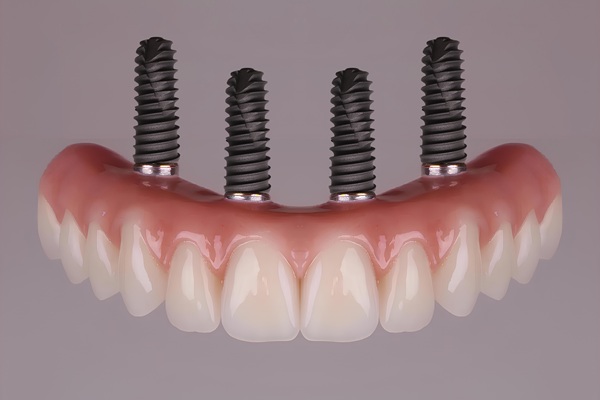 Dental crowns are one of the most popular and effective restorations dentists use to restore and protect damaged teeth. They are tooth-shaped caps that cover your natural, damaged tooth. While the procedure is performed in two appointments, it is relatively straightforward and involves little to no discomfort.
Dental crowns are one of the most popular and effective restorations dentists use to restore and protect damaged teeth. They are tooth-shaped caps that cover your natural, damaged tooth. While the procedure is performed in two appointments, it is relatively straightforward and involves little to no discomfort.
Types of dental crowns
Several types of dental crowns are available, each with advantages and disadvantages. However, here are three of the most common the dentist will consider:
Porcelain crowns
These dental crowns are the most popular choice due to their natural-looking appearance. The dentist can design them to closely match the color and transparency of the patient's surrounding natural teeth. They are fabricated by bonding layers of porcelain material to a metal structure, providing durability.
Ceramic crowns
While ceramic dental crowns are similar to porcelain in appearance, they mimic natural teeth more closely. They consist entirely of ceramic materials, providing a more durable option. Ceramic crowns are also a better fit for those with metal allergies.
Metal crowns
Metal crowns consist of gold, platinum, or base metal alloys and are known for their strength and durability. They can easily withstand chewing forces and are typically reserved for damaged molars (teeth in the back of the mouth).
First appointment
The first appointment in this process is the longest, taking an hour or more. The first step is thoroughly examining the health and sustainability of the tooth requiring the crown. If necessary, the dentist may order X-rays to receive a clear picture of the tooth's root and surrounding structures. This will better help the dentist during the preparation process. To prepare the tooth, the dentist will first numb the patient using a local anesthetic. This prevents discomfort while keeping the patient alert. Once numb, the dentist will use special tools to remove the decayed or fragile portions of the tooth before shaping it to accommodate the crown.
The next two steps will move fairly quickly; they involve the impressions and a temporary crown. Once the tooth is prepped, the dentist or dental assistant will take impressions (molds) of it and the surrounding teeth. The impressions will be sent to an off-site lab where a technician will fabricate the crown from the chosen material. This part of the process takes approximately two weeks to complete. In the meantime, the dentist will place a temporary crown on the patient's vulnerable tooth for protection.
Second appointment
The second appointment is the quickest, usually taking at most thirty minutes. Once the dental office receives the permanent crown, the patient will return to have it placed. The dentist will remove the temporary crown and carefully position the permanent crown over the prepared tooth. They will ensure the proper fit, check the bite alignment, and make any necessary adjustments. Once the patient and dentist are satisfied with the fit and appearance, they will use a permanent cement to bond it around the tooth. Throughout this appointment, the dentist will explain the aftercare and maintenance instructions to help ensure the dental crown lasts for many years to come.
Do you need a dental crown?
You may need a dental crown if you have damaged teeth or are experiencing tooth pain and sensitivity. Our team can walk you through each step of the process, starting with an evaluation. Call us today to determine if a dental crown is most suitable for you.
Request an appointment or call South Florida Dental Arts at 305-230-4041 for an appointment in our Miami office.
Recent Posts
Dental crowns are restorations that can address a range of dental issues, from severely damaged teeth to protecting a tooth after a root canal. They help preserve oral health and enhance a smile's appearance. In addition to being versatile, they are available in different materials, which can be helpful for individuals who want options.Dental crowns…
Dental crowns are caps that cover and replace natural tooth structures to restore their shape, function, and appearance. They are a popular restorative treatment that can address various dental issues. By investing in dental crowns, you are not only restoring the look of your smile, but you are also safeguarding the future of your oral…
Your dentist can help determine if you need dental crowns. There are many reasons for getting these restorations. The main goal is always to restore the tooth and enhance its functions. Here are the signs you may need dental crowns soon.Losing at least one tooth can cause more dental problems. It can lead to dental…


